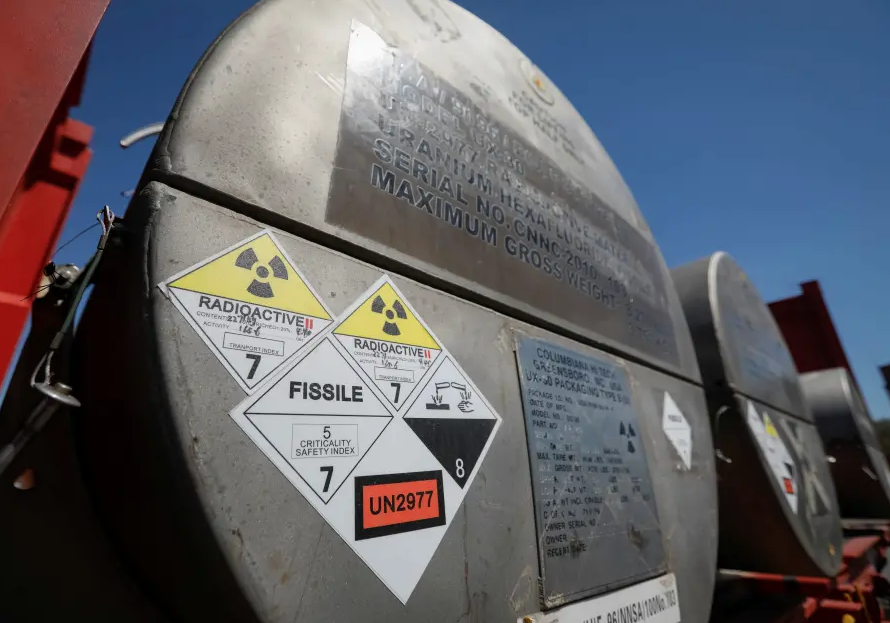According to Channel 13, top Israeli sources revealed that the IAEA is sitting on the information and has avoided making it public to date.
BY YONAH JEREMY BOB JULY 11, 2019 23:51
The IAEA has found signs of radioactive material which would violate the 2015 nuclear deal at an Iranian nuclear site identified to the agency by Israeli intelligence, Channel 13 reported late Thursday.
According to Channel 13, top Israeli sources revealed to it that the IAEA is sitting on the information and has avoided making it public to date.In April, Reuters reported that the IAEA had finally visited the secret Iranian nuclear site at Turquzabad revealed in a September 2018 UN speech by Prime Minister Benjamin Netanyahu.
Since then, all parties to the US-Iran nuclear standoff have been waiting for the IAEA’s June announcement of its findings from that visit.
During that visit, the IAEA took samples from the site and it had been expected to announce the results of the samples in June, but then did not mention the issue.
Rather, the IAEA and other parties more recently have been distracted by Iran’s open violations of uranium enrichment limits.
Some expectations had been that the IAEA had waited so long to review the site noted by Netanyahu that, by the time it came, Iran had likely already “cleaned” the site of any evidence of nuclear activity which would violate the 2015 nuclear deal.
But there have been instances in the past where the Islamic republic’s cleaning crew was not careful enough and left behind traces which inspectors picked up on.
If the IAEA found evidence of a violation, some believed the whole game could change, with the US gaining a huge advantage to get global pressure for Iran to make more concessions on the nuclear issue.
However, in the current environment of escalations by both sides and open violations from Iran, it is unclear whether the IAEA will reveal the results of its visit and what impact those results would even have under the dynamic circumstances.
Netanyahu revealed the Turquzabad site following a prior revelation in April 2018 of a Mossad operation which appropriated massive amounts of Iran’s secret nuclear file from a site at Shirobad.
On Wednesday Prime Minister Benjamin Netanyahu and US President Donald Trump discussed the Iranian nuclear threat.
“The two leaders discussed cooperation between the United States and Israel in advancing shared national security interests, including efforts to prevent Iran’s malign actions in the region,” Deputy Press Secretary Judd Deere told reporters on Thursday.
Netanyahu tweeted, “We discussed regional developments and security issues. Foremost among them was Iran. I thanked President Trump for his intention to increase sanctions against Iran.”
On Wednesday Trump tweeted that he planned to substantively increase sanctions. The two spoke as Iran has taken steps to break the nuclear restrictions imposed upon it by the 2015 Joint Comprehensive Plan fo Action.
On Monday Iran threatened to restart deactivated centrifuges and ramp up its enrichment of uranium to 20 percent purity as its next potential big moves away from the agreement. Iran has exceeded the stockpile of enriched uranium permitted under the 2015 deal.
On Thursday Iranian Foreign Minister Javad Zarif said, “America’s role in world politics has ended. America feels that it has been defeated in the campaign theatre of Middle East. Of course, one of the reasons for America’s defeat is the people’s resistance and the Islamic Republic’s resistance.”
The IAEA did not comment at this time.
Reuters contributed to this report.
